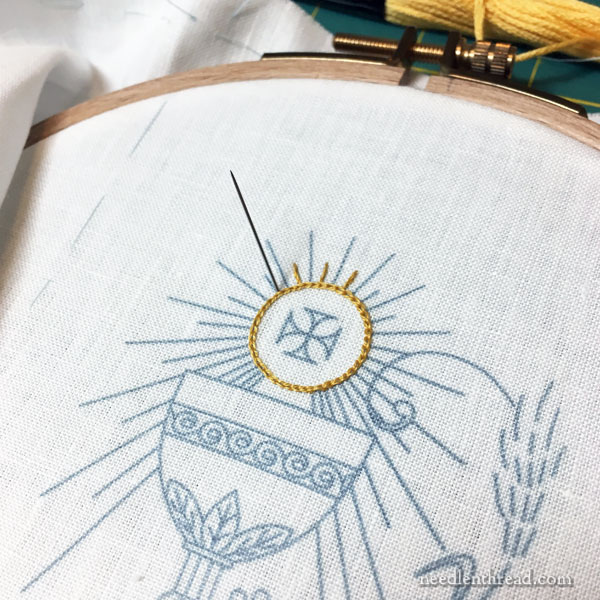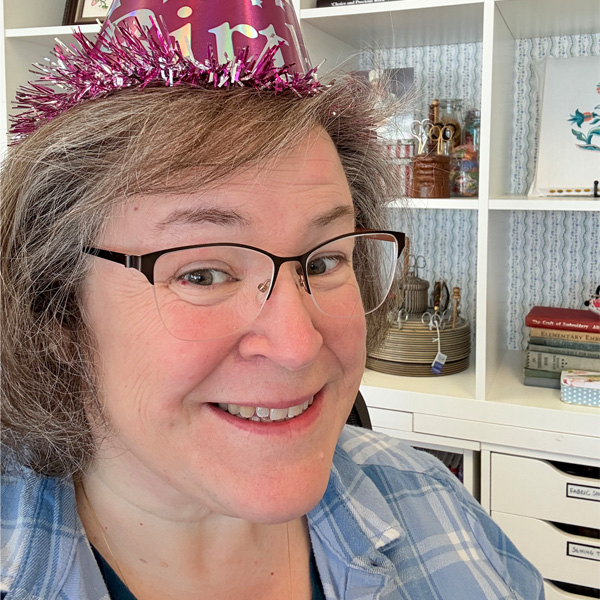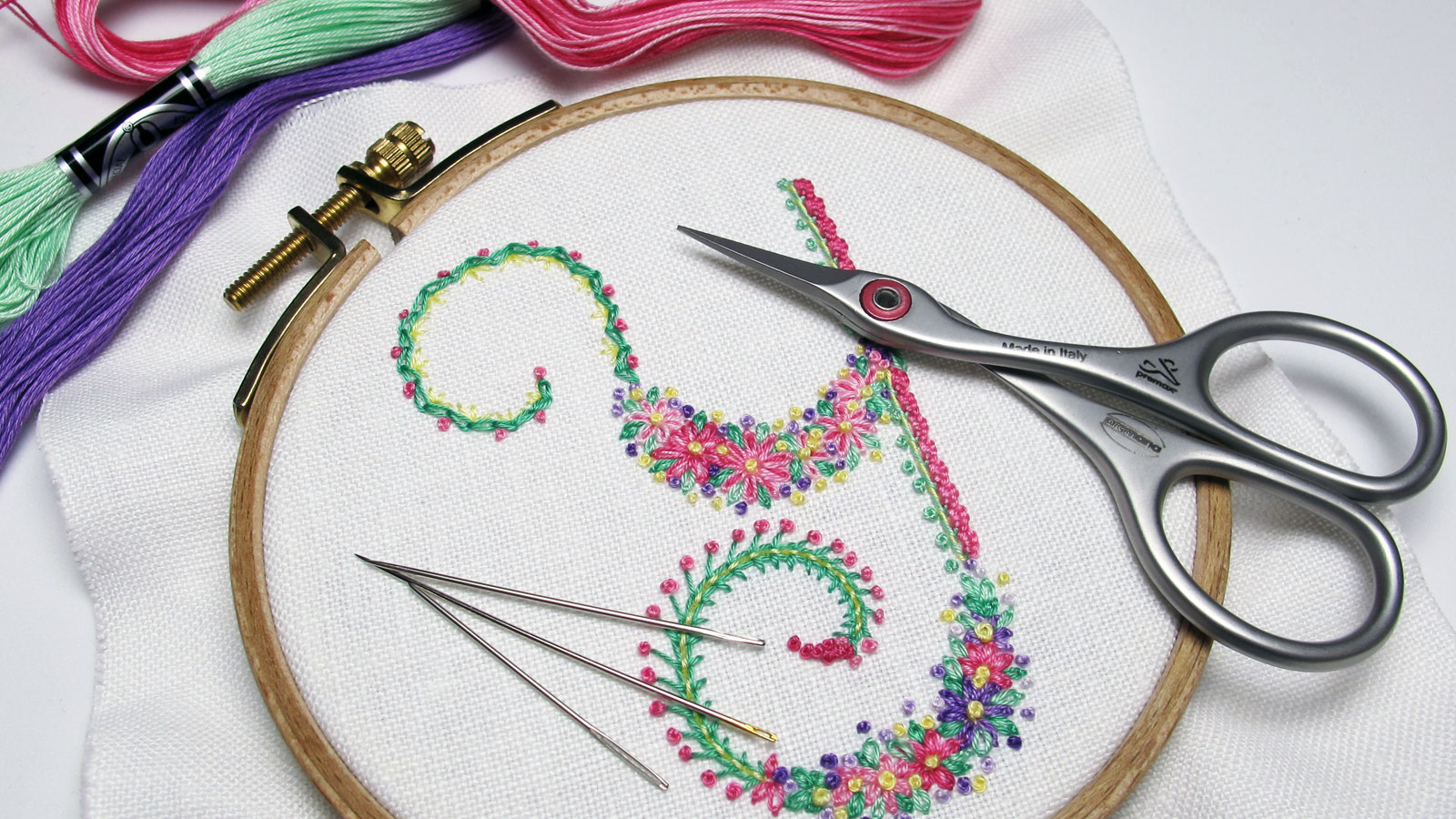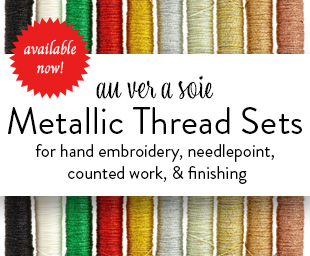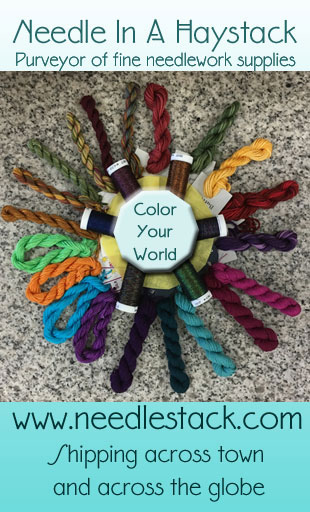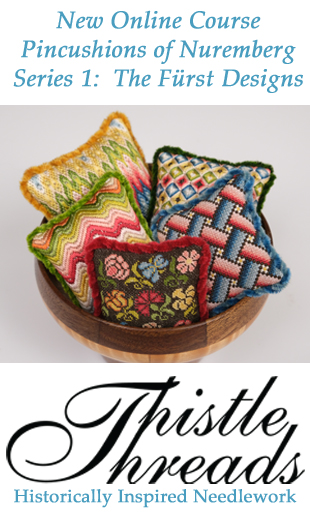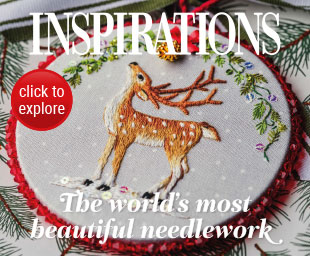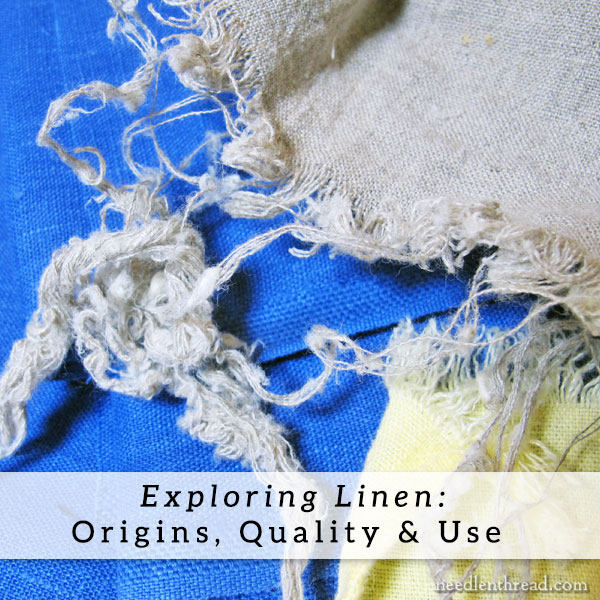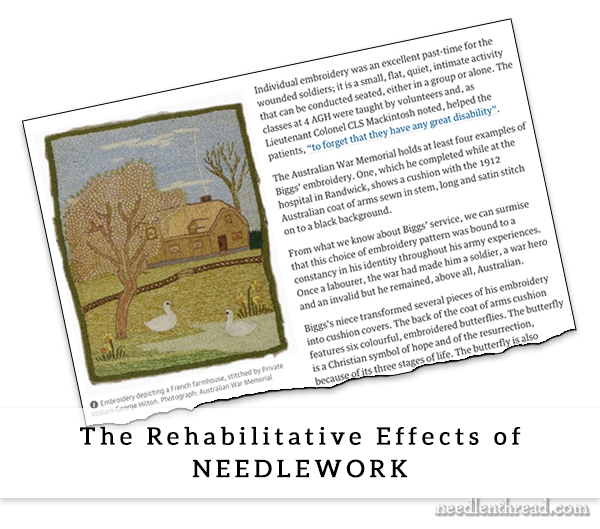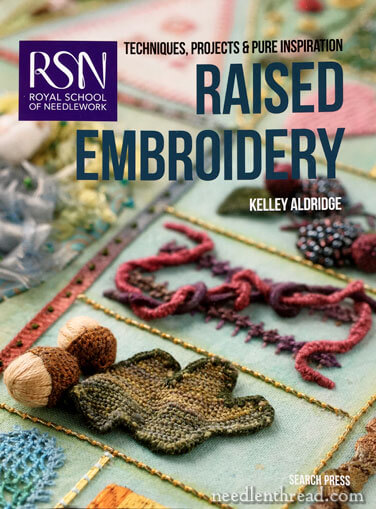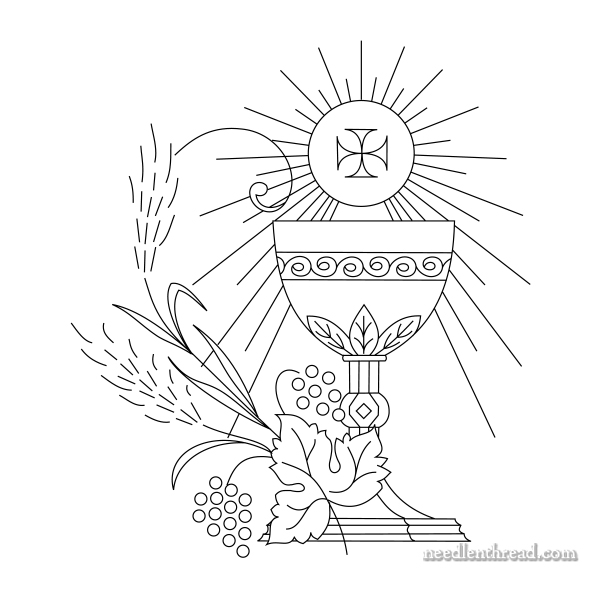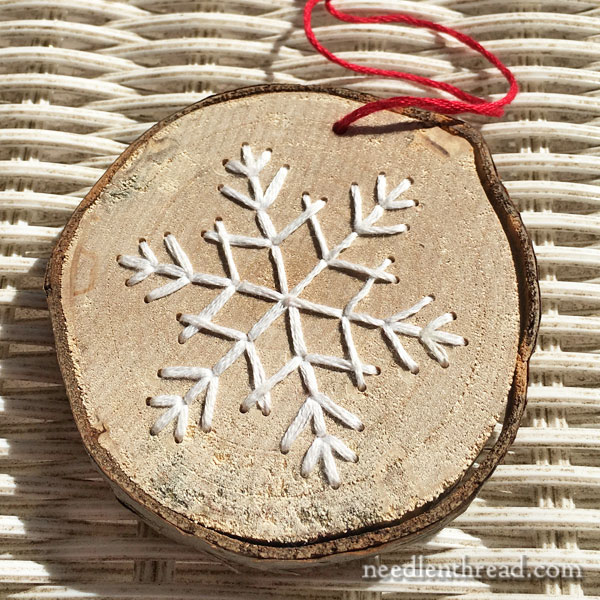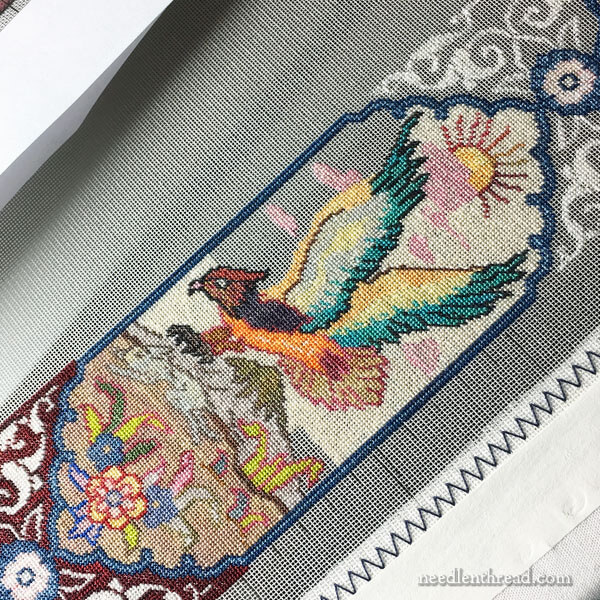May 3, 2017
Embroidered Book Cover: Set Up & Progress
Last week, I shared this embroidery design with you, that I’m using to embellish a cover for a First Communion prayer book for my niece.
Her First Communion is on Sunday, as a matter of fact, so this is a bit of a rush job. I’m still not sure if I can have it finished on time. But I’m not ready to give up yet!
Today, I’ll show you the beginnings, talk a bit about choices for stitches and whatnot, discuss a few details you have to pay attention to on this type of project, and tell you about flipping.
Yes.
Flipping.
